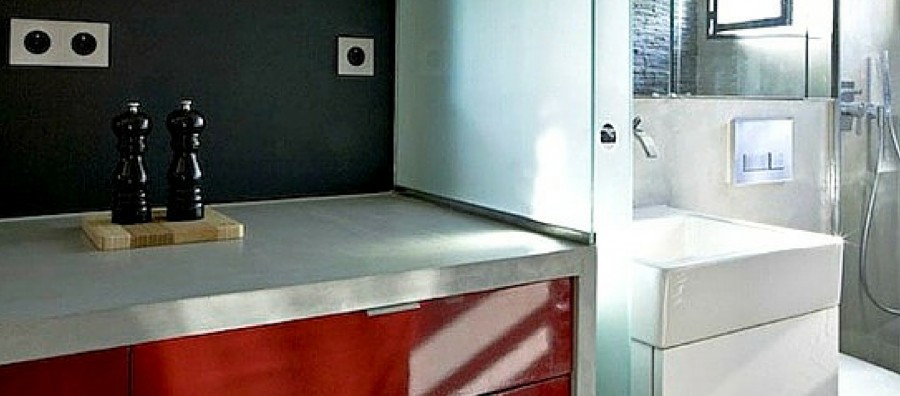Micro apartments are increasingly becoming a part of the purpose-built rental apartment market, particularly in cities like Vancouver or Toronto where the marketplace has made rents significantly high.
Micro apartments aren’t new. They have been a part of the New York scene and, in Japan and Hong Kong, these apartments in the 1970s made the news as much for their strange appearance (at least to North American eyes) as for their innovative architecture that allowed individuals to live in a space smaller than most American bathrooms. The difference with micro apartments today, however, is that not only do they offer an outlet for affordable housing in a heated apartment market, they are also hip and fashionable, and designed to appeal to young urban professionals.
Vancouver’s Burns Block
One of the first of these fashionable new micro apartment developments in Canada is the Burns Block in Vancouver. Opened in 2010, this converted 110-year-old building in Vancouver’s downtown east side offered 270 square foot rooms. The rooms were renting for $300 less than the average bachelor apartment in Vancouver’s market, and they were immediately of interest to recent college graduates looking for a place to stay close to their work.
The Burns Block isn’t even the smallest fashionable micro apartment on the market. A 182 square foot apartment recently opened in New York City, using the room’s height to stack the apartment’s amenities on multiple levels.
New York City and San Francisco have embraced micro apartments, and they lead the way in providing innovative designs to provide tenants with a full range of amenities that every apartment needs. Custom designed beds that serve also as desks, foldaway counter space and other tricks help, but these apartments also require tenants to adapt to a micro-apartment lifestyle. Tenants have to learn to live light, and not stock up on books or other items that produce clutter.
A Bedroom in a Larger Living Room
In designing micro apartment developments, it is important to consider the neighbourhood the development is in. When young urban professionals look at a micro apartment, they see a bed to sleep in. The living room to live in is in the area outside the building. The lack of space inside the building doesn’t matter, as long as there are things to do, places to meet, coffee shops to sit at, and restaurants to eat out in. Movie theatres and libraries provide the entertainment experience. If the neighbourhood doesn’t have a vibrant social life, the micro apartment development will not be successful.
In Toronto, micro apartments have not yet entered the scene, but condominium units as small as 300 square feet have entered the market. Smart House, located at Queen and University, are selling these units for $249,000 and up. As the city is already starting to switch from opening new condominium buildings to new purpose-built rental apartment units, micro apartments are sure to follow.
A Need for Diversity
Another factor to consider in designing micro apartments is how long tenants are likely to stay. Young urban professionals don’t stay young forever, and within ten years they tend to fall in love, get married, and start raising families. Many of these young couples want to live in the areas where they’ve rented micro apartments, but the lack of larger accommodations pushes them out into the suburbs. By the time young urban professionals are married and looking to raise families, their incomes have increased, and the possibility of renting a larger place downtown could prove to be a lucrative market.
Micro apartments are a valuable new tool for the developer’s toolbox, but successful apartment developments should always consider a diversity of offerings, to attract and keep tenants over the long term.
Knowing What to Build, Where
To best meet the marketplace, developers need to plan their developments right from the start. A feasibility study from an impartial and experienced consultancy firm is critical to ensure that developers know what to build, where to build it, and the best unit mix to offer potential tenants.
Purpose-built rental apartments are riding a perfect storm of demographic changes increasing demand at a time that rental supply is emerging from restrictive regulations and rent control. In future, we can expect many more apartments to be built. New apartments are needed in all shapes and sizes, for a variety of clientele. It’s an exciting future, where we will see many innovations, and many different opportunities.
Photo Courtesy of: homestilo

